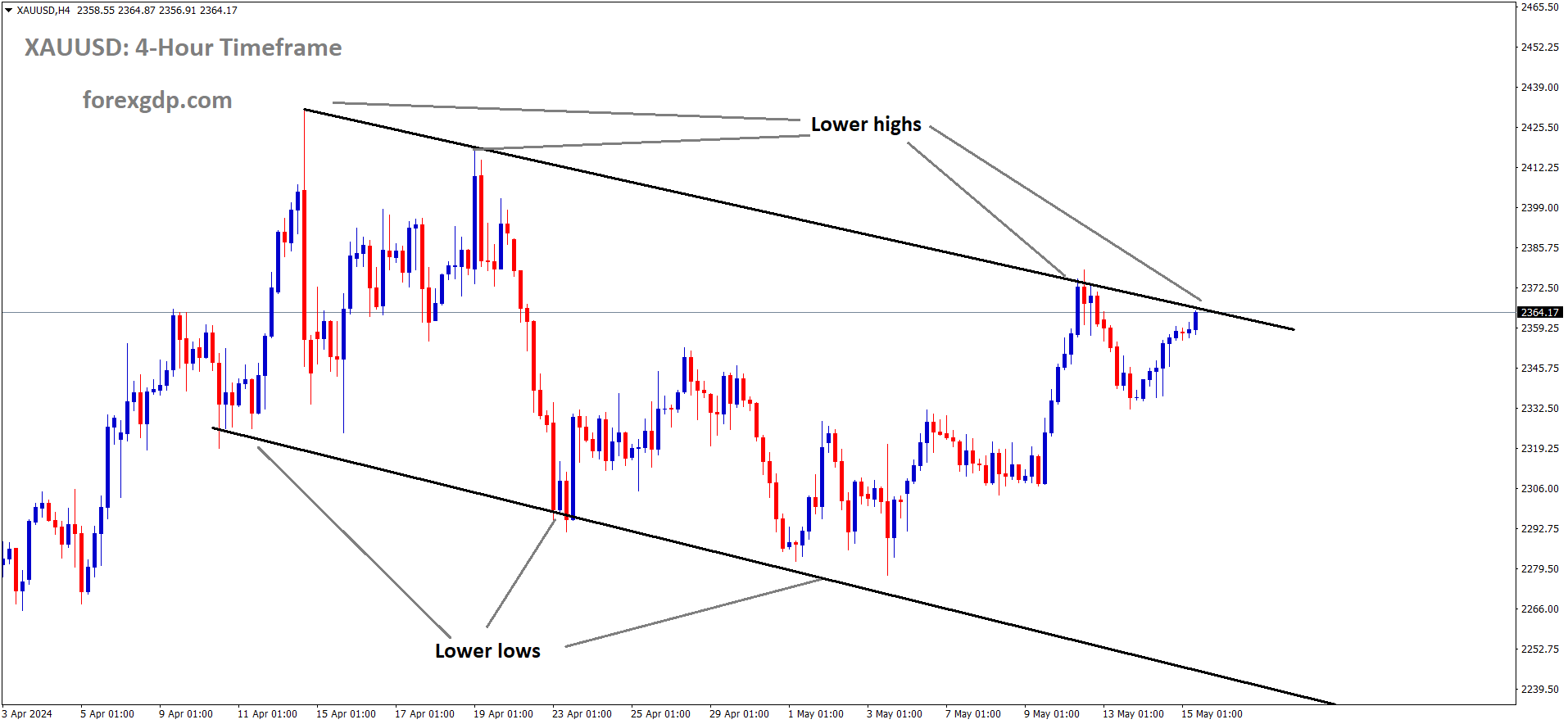XAUUSD Gold price is moving in the Descending channel and the market has reached the lower high area of the channel
XAUUSD – Gold Price Trades Up; US CPI and Retail Sales in Focus
The Gold prices are moving higher after the US PPI Data came at positive numbers printed yesterday. The World Gold council reported 2024 year First quarter 3% rose in the Gold demand by 1238 Tonnes. The Kansas City FED President Jeffert Schmid said inflation is too higher and FED has to do something in the monetary policy changes.
Gold price holds a mild positive bias against the US Dollar (USD) on Wednesday, trading around XAU/USD. The surge in gold demand, fueled by robust over-the-counter (OTC) market investments, consistent central bank purchases, and safe-haven flows amid Middle East geopolitical risks, supports XAU/USD. However, hawkish remarks from Federal Reserve (Fed) officials, particularly Chairman Jerome Powell’s suggestion to maintain higher interest rates, could exert downward pressure on the yellow metal in the near term.

Later in the day, the focus will shift to the release of the US Consumer Price Index (CPI) for April, offering insights into the timing of the Fed’s potential rate adjustments. Additionally, the publication of Retail Sales data for April will provide indications of consumer spending trends. If the inflation data surpasses expectations, it may prompt the Fed to adopt a more aggressive stance, strengthening the Greenback and weighing on USD-denominated gold.
In the broader context, global gold demand saw a 3% increase to 1,238 tonnes in the first quarter of 2024, marking the strongest first quarter since 2016, according to the World Gold Council’s Q1 2024 report.
Daily Digest Market Movers: Gold price gains momentum amid gold investment demand
The US Producer Price Index (PPI) for April exceeded expectations, rising by 2.2% year-over-year (YoY) compared to the 1.8% increase in March. The Core PPI also saw a significant YoY rise of 2.4% in April, up from 2.1% in March. Both indices recorded a 0.5% month-over-month (MoM) increase in April.
Fed Chair Jerome Powell emphasized that inflation is declining slower than anticipated and suggested that maintaining higher interest rates may be necessary.
Kansas City Fed President Jeffrey Schmid echoed concerns about high inflation, indicating that more action is required from the US central bank.
The annual headline Consumer Price Index (CPI) inflation is anticipated to ease to 3.4% in April from the initial estimate of 3.5%. Similarly, the Core CPI inflation is expected to decrease to 3.6% from the previous 3.8%.
US Retail Sales for April are forecasted to decline to 0.4% MoM from the preliminary reading of 0.7%.
Financial markets are currently pricing in a nearly 65% probability of a rate cut by the Fed in September 2024, according to the CME’s FedWatch Tool.
EURUSD – Above 1.0800 pre-Eurozone GDP, US CPI awaited
The Eurozone Economic sentiment data came at 47.0 in the April month versus 43.9 printed in the last month and 46.1 is expected. Today Eurozone Q1 GDP is expected to 0.30% QoQ and 0.40% YoY data in the April month.
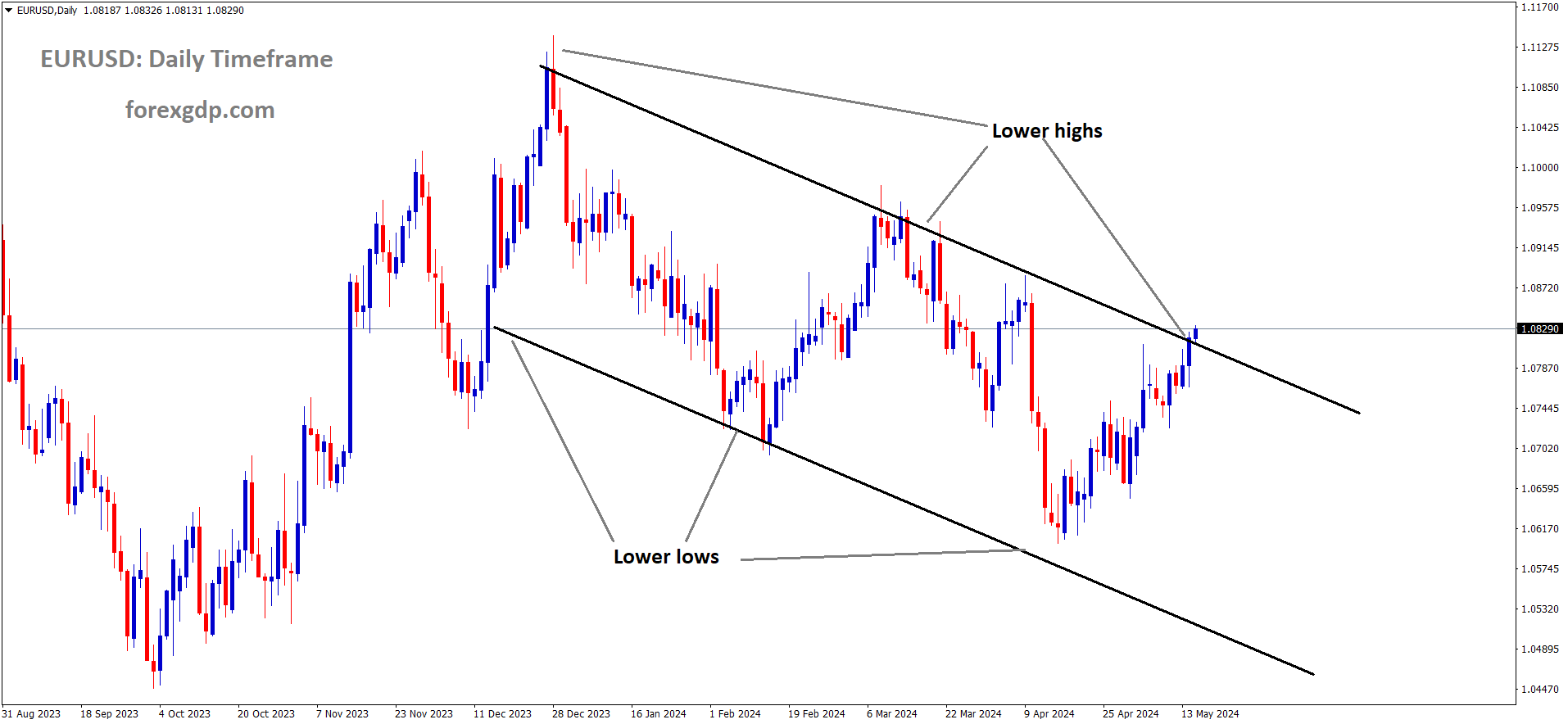
EURUSD is moving in the Descending channel and the market has reached lower high area of the channel
Traders are approaching the market with caution as they anticipate significant economic data releases from both the Eurozone and the US later in the day. Of particular interest are the initial figures for the Eurozone Gross Domestic Product (GDP) for the first quarter and the Consumer Price Index (CPI) data for April from the US.
On Tuesday, Federal Reserve (Fed) Chairman Jerome Powell made remarks indicating that inflation is declining at a slower rate than anticipated. The recent Producer Price Index (PPI) data further supports the argument for maintaining higher interest rates for an extended period. Powell suggested that the likelihood of further interest rate hikes by the central bank is low, even though the possibility of rate cuts has diminished. Kansas City Fed President Jeffrey Schmid echoed similar sentiments, emphasizing that inflation remains elevated, suggesting that the Fed may need to take additional measures to address it. Such hawkish commentary could bolster the US Dollar (USD) and place downward pressure on the EUR/USD pair in the short term.

However, the focus is now on the upcoming US CPI data release, which could influence the Fed’s interest rate decisions in its upcoming meetings. Analysts anticipate that the annual headline CPI inflation will moderate to 3.4% in April from 3.5% in the previous reading, while the Core CPI inflation is projected to decrease to 3.6% from the previous 3.8%. Meeting these expectations might raise the possibility of future rate cuts by the Fed, potentially weakening the Greenback and providing support for EUR/USD.
Meanwhile, in the Eurozone, the optimistic ZEW Economic Sentiment Survey has contributed to the positive sentiment surrounding the major currency pair. The survey results for May showed an improvement to 47.0 from the previous month’s 43.9, surpassing the forecast of 46.1. Investors are now turning their attention to the Eurozone GDP growth figures, with expectations of a 0.3% quarter-on-quarter increase in Q1 and a steady 0.4% year-on-year growth rate.
USDJPY – Rises above 156.50 before US CPI, Retail Sales data
The US PPI Data printed larger than expected reading last day in the April month. Japan government did not take proper actions on JPY depreciation and closely watching FX moves by BoJ. If any decision of intervention in FX will cap the upside moves of JPY depreciation in the near term as per Japan Finance Minister Shun chi Suzuki said.
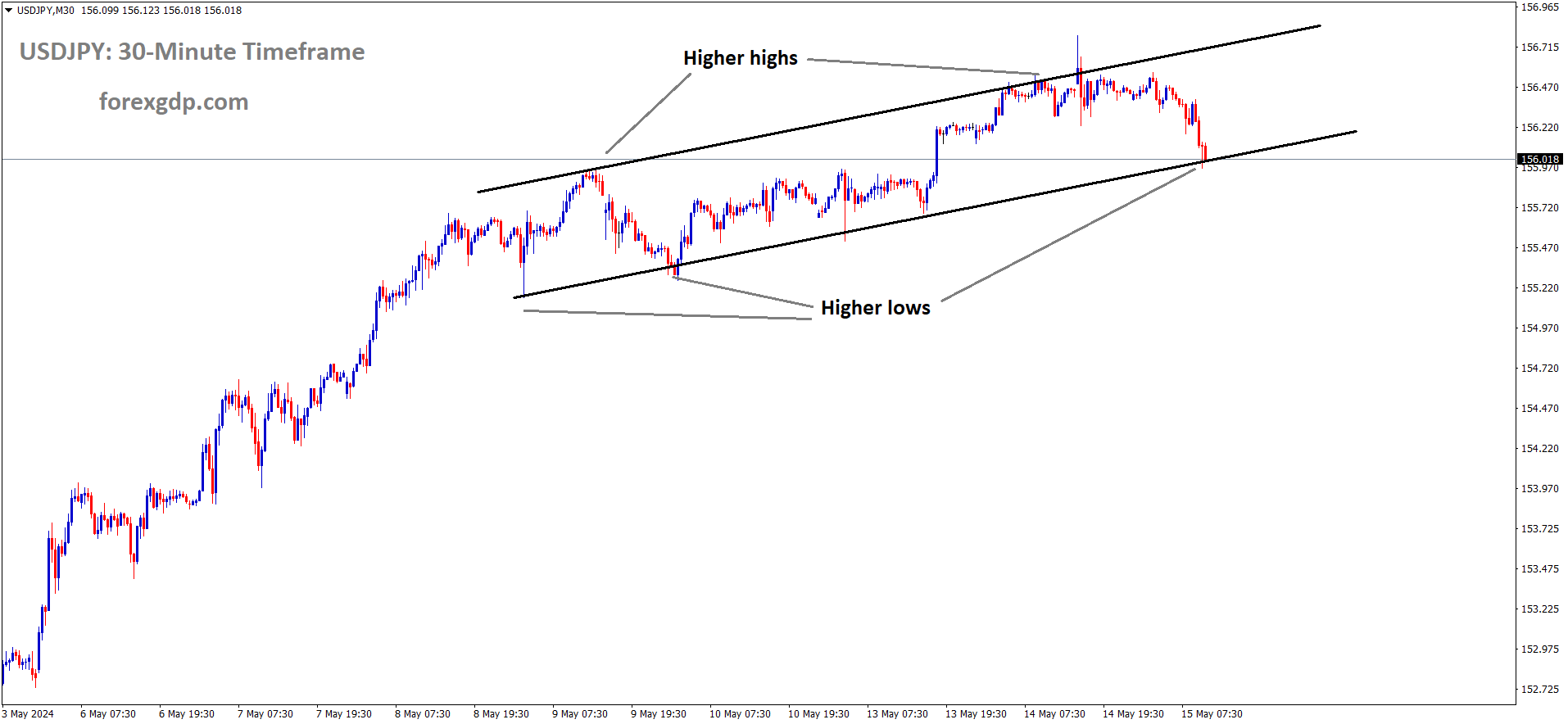
USDJPY is moving in an Ascending channel and the market has reached the higher low area of the channel
This uptrend is driven by speculation surrounding the Federal Reserve (Fed)’s monetary policy, with expectations that the Fed may maintain higher interest rates for an extended period due to persistent inflationary pressures. However, concerns linger regarding potential intervention by Japanese authorities in the foreign exchange markets, which could limit the upside potential for USD/JPY.
Federal Reserve Chair Jerome Powell reiterated on Tuesday that inflation is decelerating at a slower pace than anticipated, with the April Producer Price Index (PPI) figures offering further justification for the Fed to retain higher interest rates for an extended period. Powell also indicated that while he doesn’t foresee the need for further rate hikes, the Fed remains vigilant. These hawkish remarks from Fed officials are likely to bolster the US Dollar (USD), thereby providing support for USD/JPY.
In economic data released on Tuesday, the Bureau of Labor Statistics reported that the US PPI rose by 2.2% year-over-year in April, matching expectations and showing an increase from March’s figure of 1.8%. The Core PPI, which excludes volatile food and energy prices, also registered a notable increase of 2.4% year-over-year in April. These figures suggest ongoing inflationary pressures in the US economy.
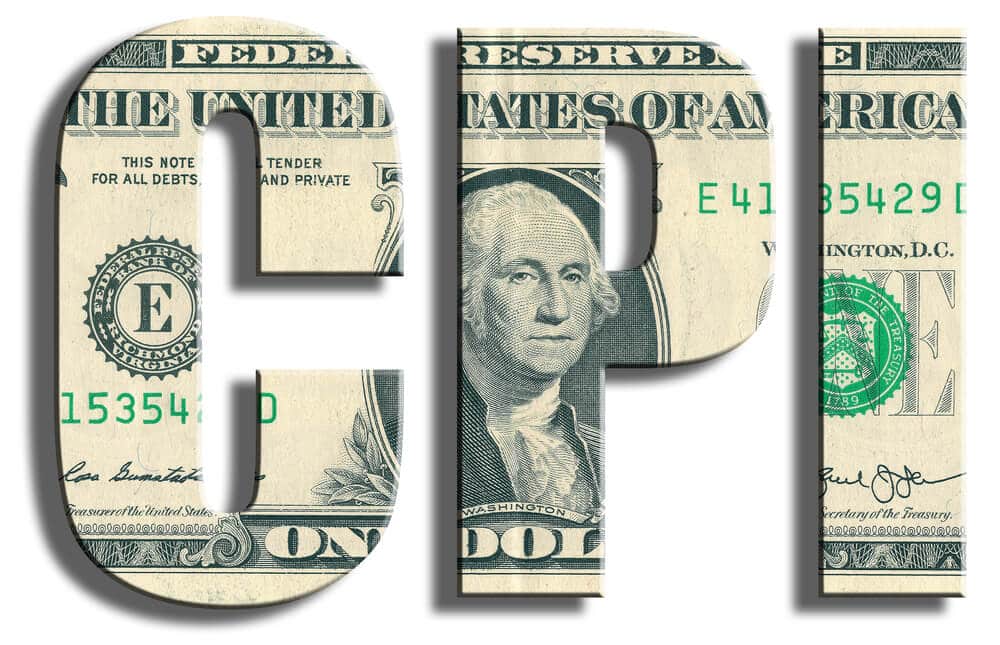
Looking ahead, investors are eagerly awaiting the release of the US Consumer Price Index (CPI) and Retail Sales reports for April, which are expected to provide crucial insights into the Fed’s future monetary policy decisions.
On the Japanese side, Finance Minister Shunichi Suzuki stated on Tuesday that the Japanese government is closely monitoring developments in the foreign exchange (FX) market and stands ready to take necessary measures in coordination with the Bank of Japan (BoJ). This statement underscores the Japanese authorities’ commitment to intervene in the FX market if needed, potentially lending support to the Japanese Yen (JPY) and restraining the upside potential for USD/JPY.
USDCAD – nears 1.3650 on boosted risk appetite and WTI price rise
The Royal Bank of Canada predicted USDCAD will move to 1.3700 by the July end this year. This projections are due to divergence in the Policy settings between BoC and FED. The Wildfire attacked Fort McMurray is the central hud of Oil refineries in the Canada and it controls 2-3rds of Oil outputs in the Canada. So Canadian Dollar moved higher against counter pairs.
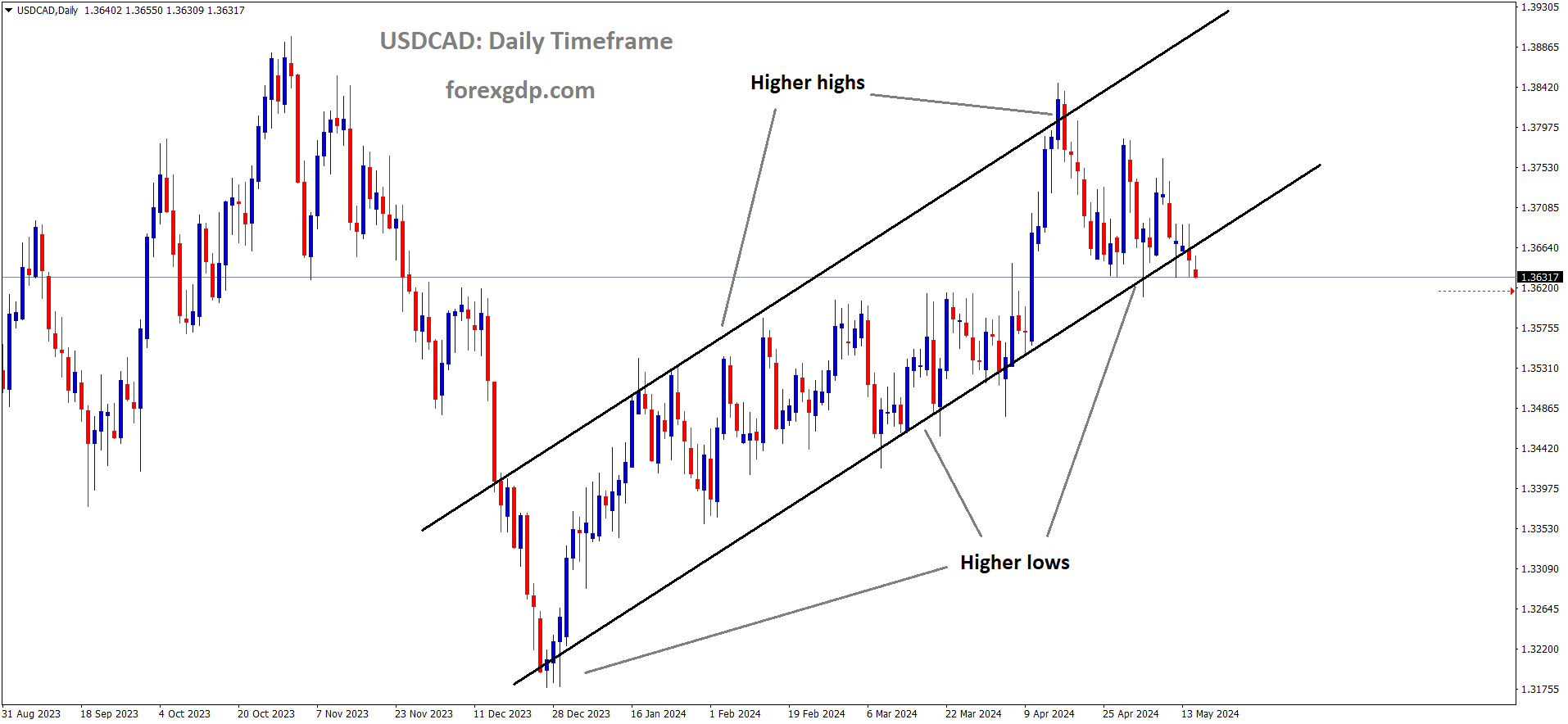
USDCAD is moving in an Ascending channel and the market has reached the higher low area of the channel
The weakening of the pair can be attributed to the softening of the US Dollar (USD) as investors process higher-than-anticipated data from the US Producer Price Index (PPI) for April while awaiting the release of the Consumer Price Index (CPI) report scheduled for Wednesday.
The US Bureau of Labor Statistics (BLS) reported a 0.5% month-on-month (MoM) increase in the Producer Price Index (PPI) for April, surpassing market expectations of a 0.3% rise. This rebound follows March’s 0.1% contraction. Moreover, the Core PPI, which excludes volatile food and energy prices, also surged 0.5% MoM, surpassing forecasts of a 0.2% increase.
Federal Reserve Chair Jerome Powell provided insights following the release of the US PPI data. As per a Reuters report, Powell anticipates a continued decline in inflation and expressed less confidence in the disinflation outlook compared to previous assessments. He also noted an expected Gross Domestic Product (GDP) growth rate of 2% or higher, attributing this optimistic outlook to the robustness of the labor market.
Meanwhile, in Canada, the Royal Bank of Canada has adjusted its forecast for the USD/CAD pair to 1.3700 by the end of June 2024. This revision is based on the diverging interest rate paths between Canada and the United States (US). The Bank of Canada (BoC) is expected to implement four consecutive rate cuts in 2024, with an additional 100 basis points (bps) reduction in 2025, while hawkish remarks from Fed officials suggest maintaining higher rates for an extended period.
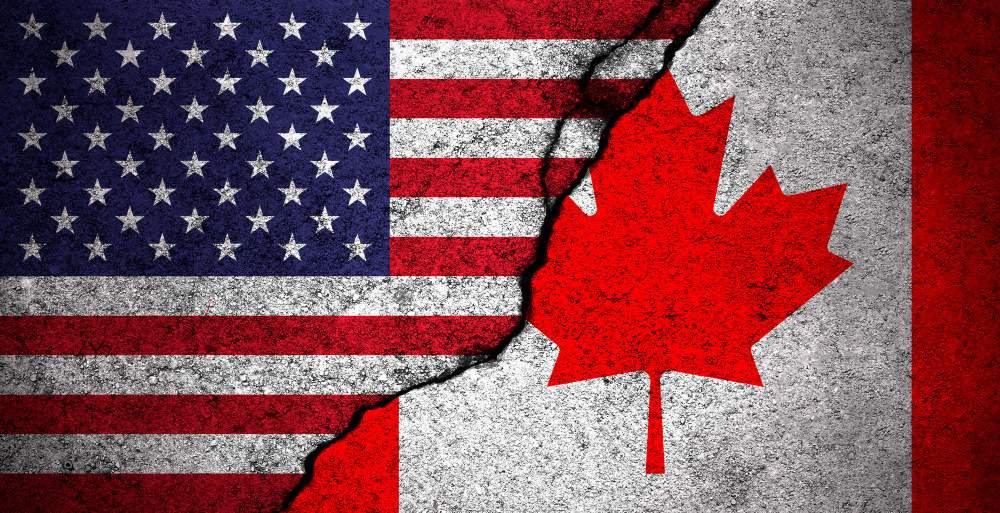
In the commodities market, the increase in crude oil prices may bolster the Canadian Dollar (CAD), thereby pressuring the USD/CAD pair. Canada’s position as the largest oil exporter to the United States and a major oil consumer contributes to this dynamic.
West Texas Intermediate (WTI) crude oil prices have rebounded, trading around $78.30 per barrel during Wednesday’s Asian session. This uptick in crude oil prices follows the latest supply update from the American Petroleum Institute (API) released on Tuesday. Additionally, concerns have emerged due to wildfires approaching Fort McMurray, a critical hub for Canada’s oil sands industry, responsible for approximately 3.3 million barrels per day, or two-thirds of the nation’s total output.
USDCHF – Falls near 0.9050 before US inflation data
The Swiss Producer and imports prices are decline to 1.8% in the April month and 2.1% decline in the March month. This is the 12th month consecutive declined and slowest since December 2023. Consumer Price inflation is increased to 0.60% in the April month from 0.10% printed last month. Coming Friday, Manufacturing data is scheduled to release for Swiss zone.
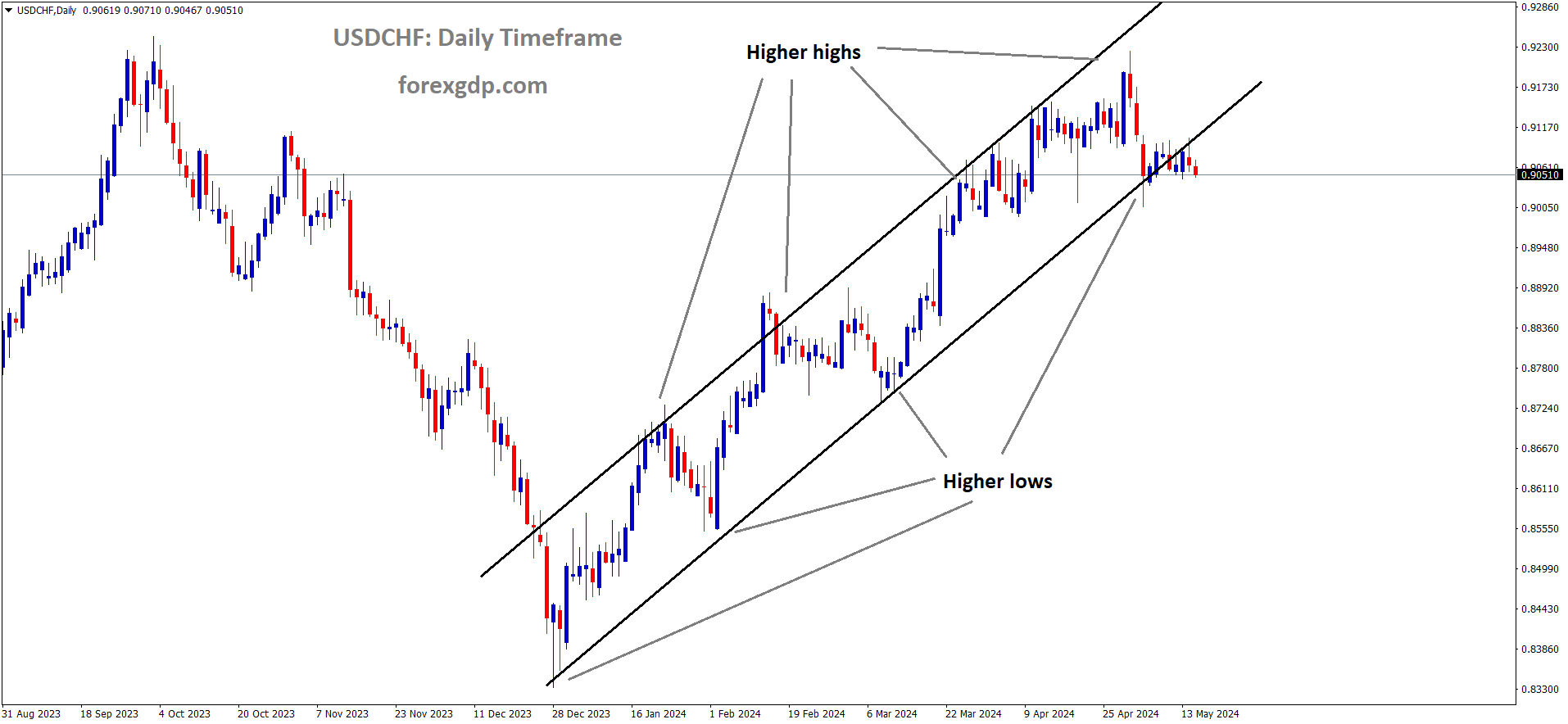
USDCHF is moving in an Ascending channel and the market has reached the higher low area of the channel
The pair’s decline is attributed to the weakened US Dollar (USD), despite the US Producer Price Index (PPI) data for April surpassing expectations. Investors are now awaiting the release of the Consumer Price Index (CPI) report later in the day.
The US Bureau of Labor Statistics (BLS) revealed that the Producer Price Index (PPI) surged by 0.5% month-over-month (MoM) in April, exceeding the anticipated 0.3% increase. This rebound follows March’s 0.1% contraction. Moreover, the Core PPI, excluding volatile food and energy prices, also rose by 0.5% MoM, surpassing the projected 0.2% increase.
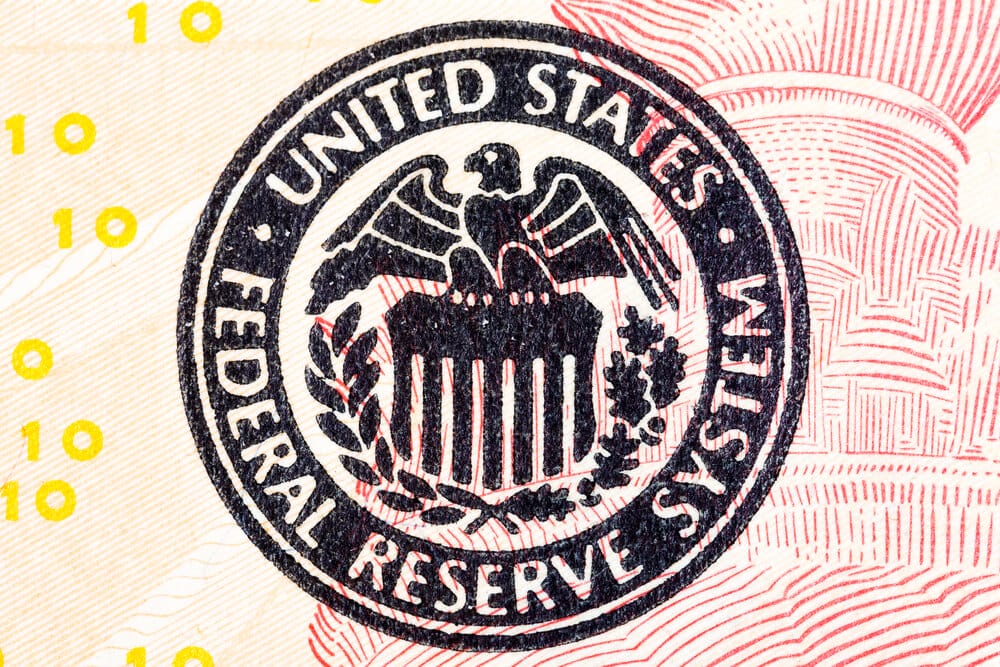
Federal Reserve Chair Jerome Powell provided insights into the inflation outlook following the release of the US PPI data. Powell expressed expectations of continued inflation decline, though with less certainty compared to prior assessments. He emphasized anticipated Gross Domestic Product (GDP) growth of 2% or higher, attributing this optimism to robust labor market conditions.
In Switzerland, Producer and Import Prices exhibited a 1.8% year-on-year (YoY) decline in April, showing a slight improvement from the previous 2.1% decrease. This marks the twelfth consecutive period of decline, albeit at the slowest rate since December 2023. On a monthly basis, consumer price inflation rose by 0.6%, following a 0.1% increase in the preceding month.
Traders are also keenly awaiting the release of Switzerland’s Industrial Production (YoY) data for the first quarter, scheduled for Friday. This report will offer insights into production volumes across various industries, including factories and manufacturing sectors, within Switzerland.
USD INDEX – Powell: Mixed Producer Price Index Speech
FED Chairman Jerome Powell said US economy looks resilient and Labor market is doing well. I am have confidence inflation will be lower in this year and rates will be stay for Longer time until inflation depreciates. Housing rents is increasing in the US and quite low in the recent months and Roll over leasing is not decreasing. PPI Data is showing Mixed in the recent months and GDP data is target to 2% in the coming months. Still labour shortage happening in the more companies.
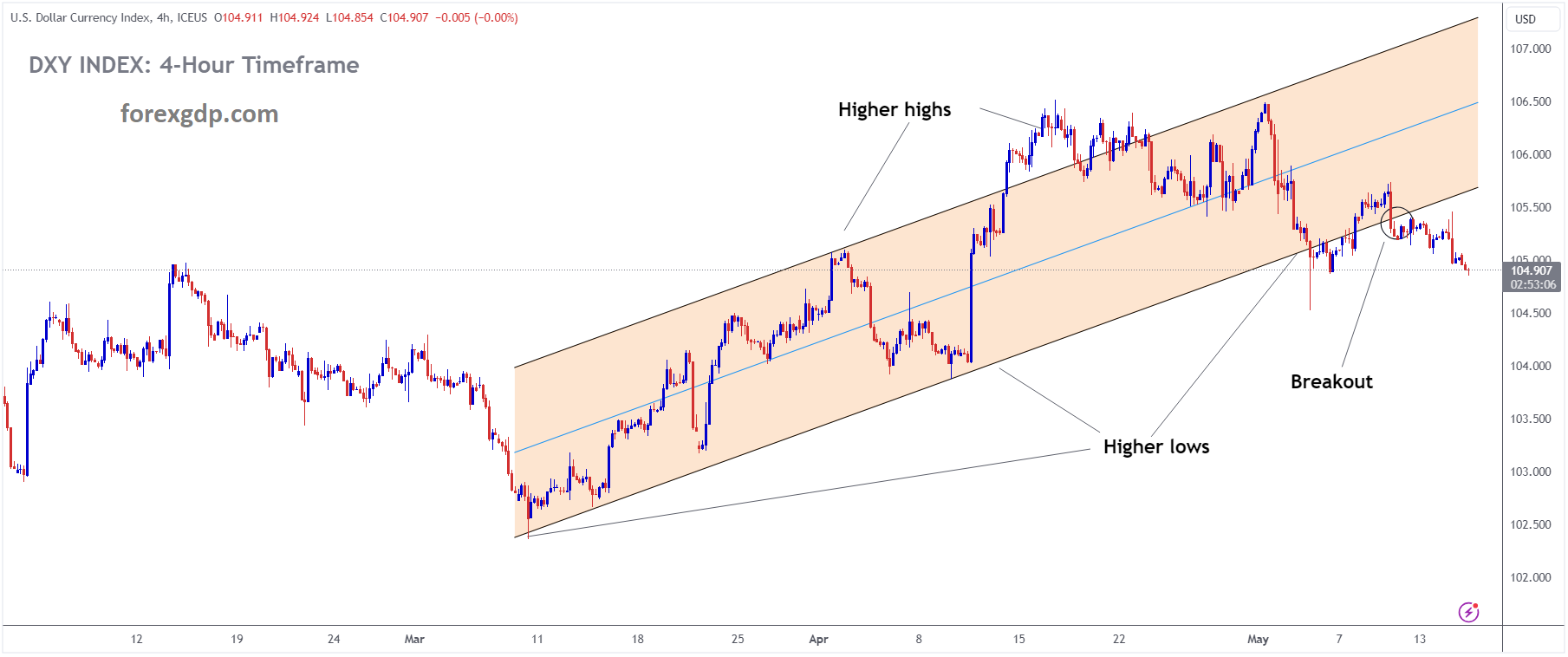
USD INDEX is moving in an Ascending channel and the market has reached the higher low area of the channel
Federal Reserve Chairman Jerome Powell Discusses US Economic Performance and Policy Outlook at the Foreign Bankers’ Association’s Annual General Meeting in Amsterdam
Key Points from Jerome Powell’s Speech:
– Powell highlights the strong performance of the US economy, emphasizing robust labor market conditions and healthy household finances.
– Consumer spending and business investment remain strong, despite ongoing labor shortages across various industries.
– Powell acknowledges the mixed nature of the Producer Price Index reading, indicating uncertainty in certain economic indicators.
– He discusses the gradual cooling in the labor market, with signs of supply and demand coming into better balance.
– Inflation in Q1 did not show significant progress, prompting the need for patience in monetary policy implementation.

– Powell expresses confidence in continued GDP growth of 2% or better and expects the labor market to remain strong while rebalancing.
– However, he anticipates inflation to move back down to levels more consistent with previous years, though with less certainty.
– The Chairman emphasizes the importance of maintaining current policy rates for longer to address inflation concerns, suggesting a cautious approach to future rate hikes.
– Powell notes the complexities of housing inflation, particularly regarding rent increases and market rate dynamics, indicating longer-than-expected lags in certain areas of the economy.
GBPUSD – GBP remains steady against soft USD before US inflation data
The Labour data for the first quarter 2024 came at more weak numbers last day printed and Unemployment rate rose to 4.3%. Services inflation is the main reason in the UK to support inflation to Upside. If Wage growth decreases automatically Services inflation will come down and Inflation data will come down to the target of 2%.
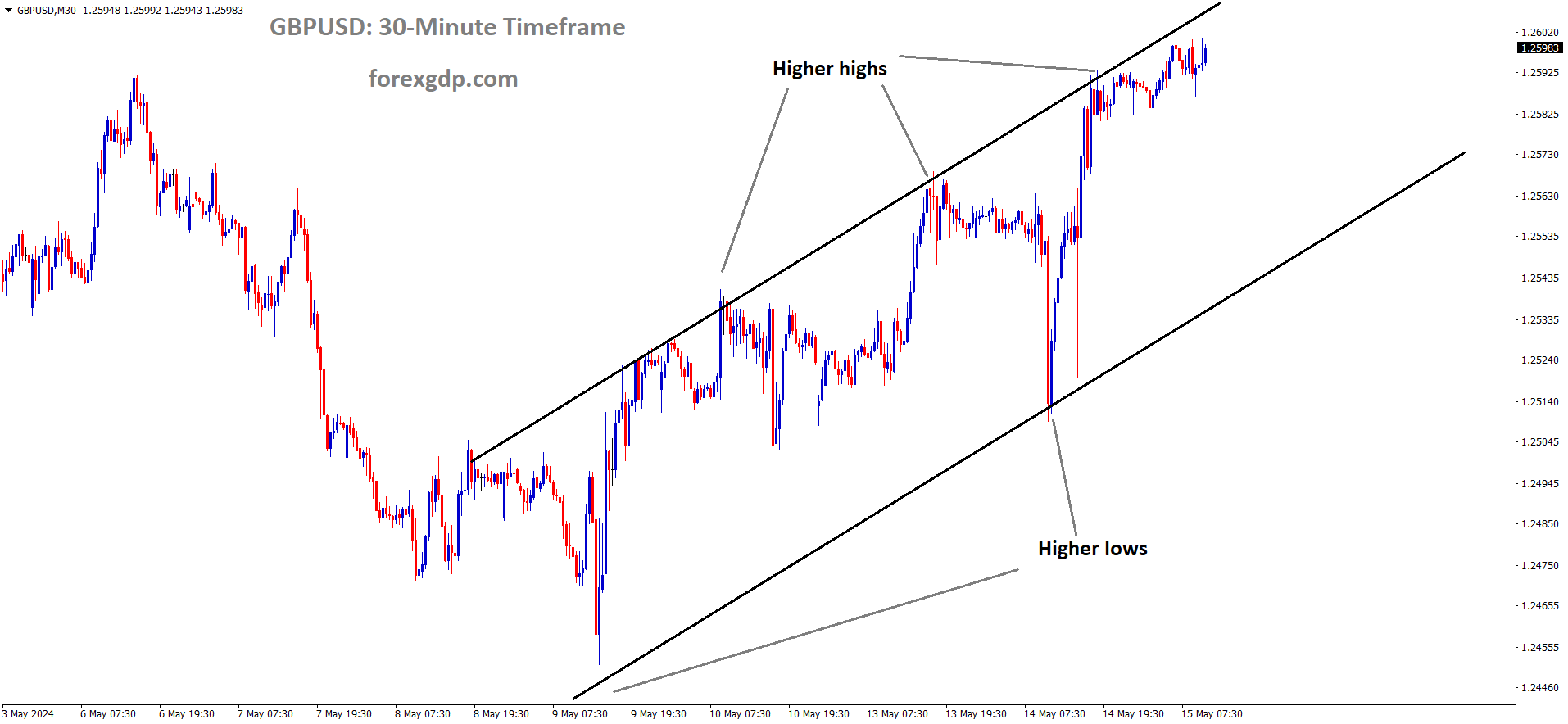
GBPUSD is moving in an Ascending channel and the market has reached the higher high area of the channel
The GBP/USD pair maintains its upward momentum as the USD weakens in anticipation of the release of the United States Consumer Price Index (CPI) data for April at 12:30 GMT. The US Dollar Index (DXY), tracking the USD’s value against six major currencies, slips below the critical support level of 105.00.
Economists predict that the monthly headline inflation will hold steady at 0.4%. Meanwhile, the core CPI, excluding volatile food and energy prices, is anticipated to have risen at a slower pace of 0.3% in April, down from March’s 0.4%. The annual headline CPI is forecasted to soften to 3.4% from March’s 3.5%, while core inflation is expected to decelerate to 3.6% from the previous reading of 3.8%.
The inflation figures will significantly impact speculations regarding Federal Reserve (Fed) interest rate adjustments. Presently, financial markets anticipate the Fed to commence interest rate cuts at the September meeting. Alongside the inflation data, investors will closely monitor the monthly Retail Sales for April, a key indicator of household spending that can offer insights into the inflation outlook. Retail Sales are projected to have grown at a slower pace of 0.4% compared to March’s 0.7% increase.
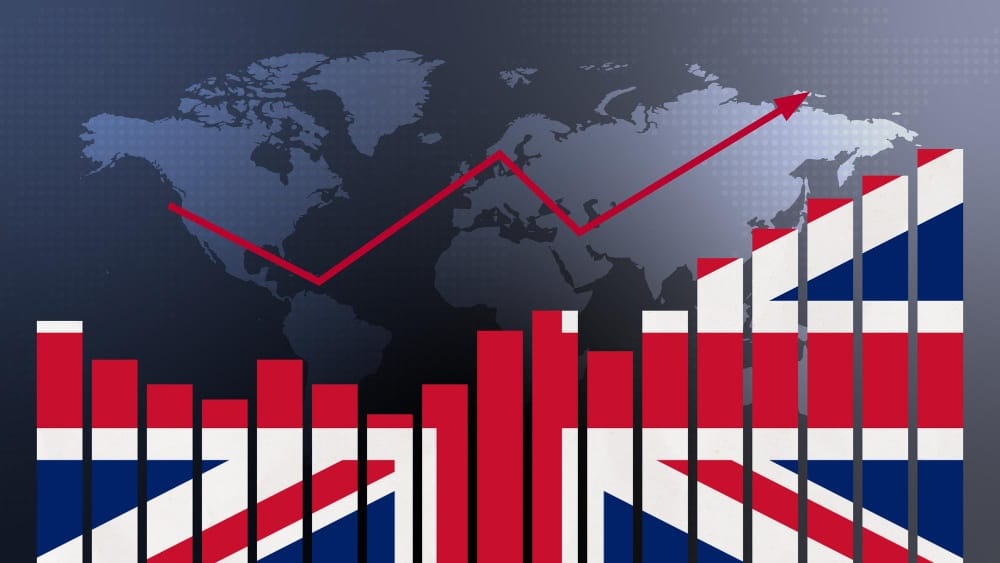
In the daily digest of market movements, Pound Sterling continues its upward trend for the third consecutive trading session, bolstered by the softening US Dollar and uncertainties regarding the timing of potential interest rate cuts by the Bank of England (BoE). Market participants currently foresee the central bank initiating rate cuts starting from the June meeting.
The UK Employment report for the three months ending in March, released on Tuesday, revealed a deterioration in job market conditions for the third consecutive period. Despite rising unemployment, wage growth remained steady. BoE policymakers remain wary of high service inflation’s potential to impede progress in the disinflation process, particularly as it is driven by robust wage growth. BoE Chief Economist Huw Pill emphasized the need for a restrictive monetary policy stance to alleviate downside pressure on domestic inflation. He also indicated that there could be enough confidence by summer to consider lowering interest rates.
AUDUSD – AUD strengthens on improved risk sentiment; focus on US CPI
The Australian Budget presented today is deficit year of 2024-2025 when compared to 9.3 Billion Surplus budget in the 2023-2024. This time scope is reducing the rent, energy cost and lowering the income tax from Australian Government. Wage Price index came at 0.80% versus 0.90% expected rise in the Q1 and 4.1% printed in the MoM and 4.2% is expected.

AUDUSD is moving in an Ascending channel and the market has rebounded from the higher low area of the channel
The Australian Dollar (AUD) remains resilient, maintaining a positive stance despite the Australian Bureau of Statistics’ release of the lower-than-expected Wage Price Index (Q1) on Wednesday. This index, serving as an indicator of labor cost inflation, revealed a marginal increase of 0.8% for the quarter, falling slightly below the anticipated rise of 0.9%. Nevertheless, the AUD’s buoyancy can be attributed to an overall improvement in risk appetite.
In terms of fiscal policy, Australia’s Budget for 2024-25 has shifted back to a deficit position after achieving a surplus of $9.3 billion in the preceding fiscal year. The government’s agenda aims to address headline inflation and alleviate the pressure of rising living costs by allocating substantial funds towards reducing energy bills and rent. Additionally, initiatives targeting income tax reductions have been proposed.
Concurrently, the US Dollar Index (DXY), gauging the USD’s performance against six major currencies, has sustained losses for a consecutive session. This trend follows the absorption of higher-than-anticipated US Producer Price Index data for April, with investors eagerly awaiting the Consumer Price Index report scheduled for release on Wednesday.
Federal Reserve Chair Jerome Powell anticipates a continued downward trajectory in inflation, expressing diminished confidence in the disinflation outlook compared to previous assessments. Powell also underscored an expected GDP growth of 2% or higher, attributing this optimistic forecast to the robustness of the labor market.

Meanwhile, Australia’s Treasurer, Jim Chalmers, anticipates that the current headline inflation rate of 3.6% will revert to the Reserve Bank of Australia’s target range of 2-3% by year-end. Should this scenario materialize, it is probable that the central bank will contemplate interest rate cuts earlier than initially anticipated by the markets.
In the US, consumer sentiment surveys conducted by the Federal Reserve Bank of New York indicate an expectation of a widespread acceleration in inflation over the next year, with projections reaching 3.3%. This represents an uptick from the 3.0% figure reported in March for one-year consumer inflation expectations.
Moreover, Fed Vice Chair Philip Jefferson advocates for the retention of prevailing interest rates until signs of inflation easing become more pronounced, reflecting a cautious approach towards monetary policy adjustments amidst evolving economic conditions.
NZDUSD – Attracts buyers above 0.6060, eyes US CPI data
The NZDUSD pair moved higher after the Westpac analysts predicted the RBNZ next week monetary policy meeting hold at 5.5% in the May. US PPI Data came at 2.2% in the April month and 1.8% printed in the March month, 2.4% printed in the Core PPI and 2.2% is printed in the last month.
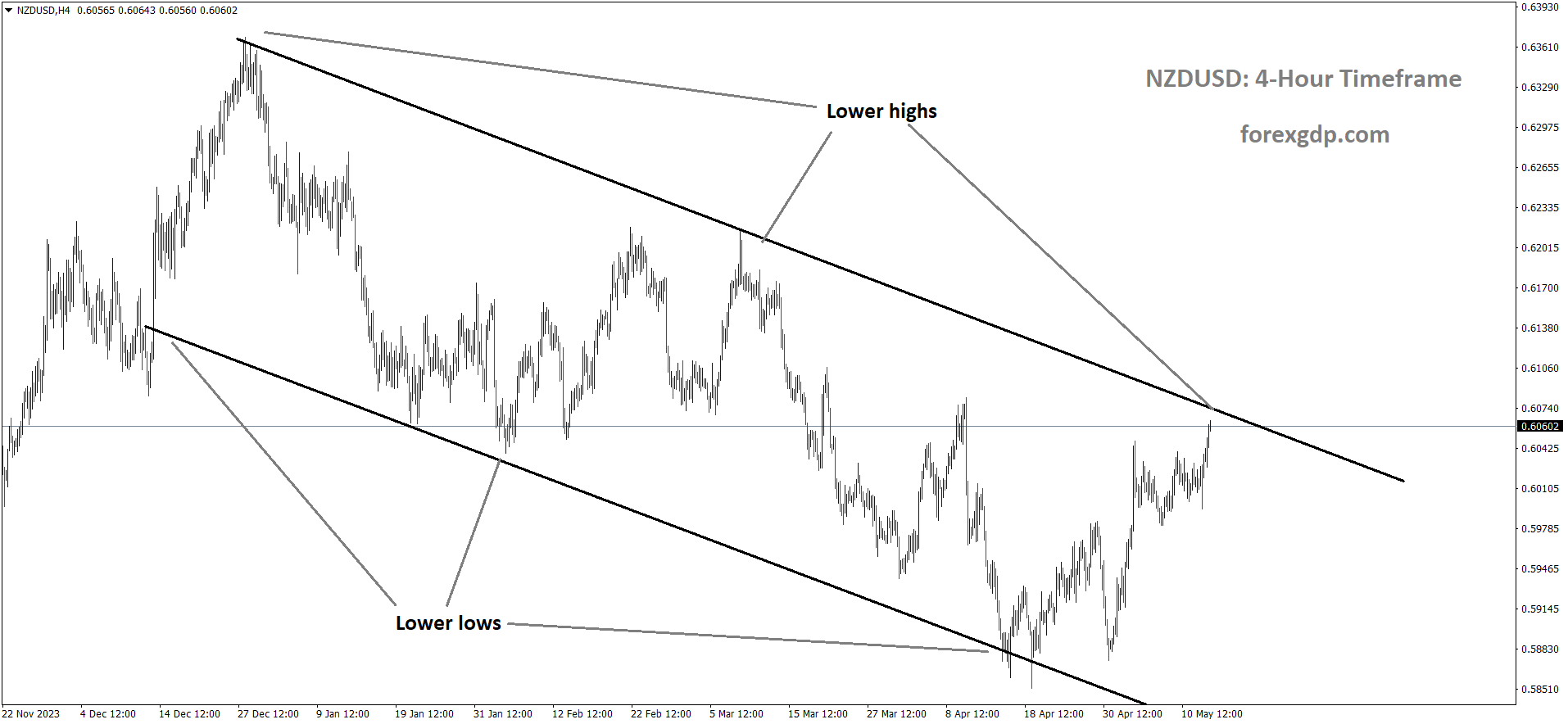
NZDUSD is moving in the Descending channel and the market has reached the lower high area of the channel
The NZD/USD pair is showing signs of upward movement, hovering around 0.6055 during the early European trading hours on Wednesday. This marks the second consecutive day of gains, with the pair maintaining its position above the crucial 100-day Exponential Moving Average (EMA). This upward momentum is supported by the weaker US Dollar (USD) Index (DXY), which remains below the 105.00 level. All eyes are now on the final reading of the US Consumer Price Index (CPI) and Retail Sales data for April, scheduled for release later on Wednesday.
Federal Reserve (Fed) Chairman Jerome Powell’s recent remarks have contributed to market sentiment. Powell suggested that inflation in the US might persist longer than previously anticipated, prompting the Fed to maintain higher interest rates to achieve its 2% target. Despite this, Powell indicated that the likelihood of further rate hikes has diminished. Market participants have priced in a nearly 65% chance of a Fed rate cut in September 2024, as indicated by the CME’s FedWatch Tool.
Meanwhile, the US Producer Price Index (PPI), a measure of wholesale inflation, reached its highest level in a year, according to the Bureau of Labor Statistics. The annual PPI rose by 2.2% year-over-year in April, in line with expectations, while the Core PPI increased by 2.4% year-over-year. The upcoming CPI data for April is expected to provide insights into future monetary policy decisions by the Fed. A higher-than-expected inflation reading could delay the anticipated rate cuts for the year and bolster the US Dollar against its counterparts.
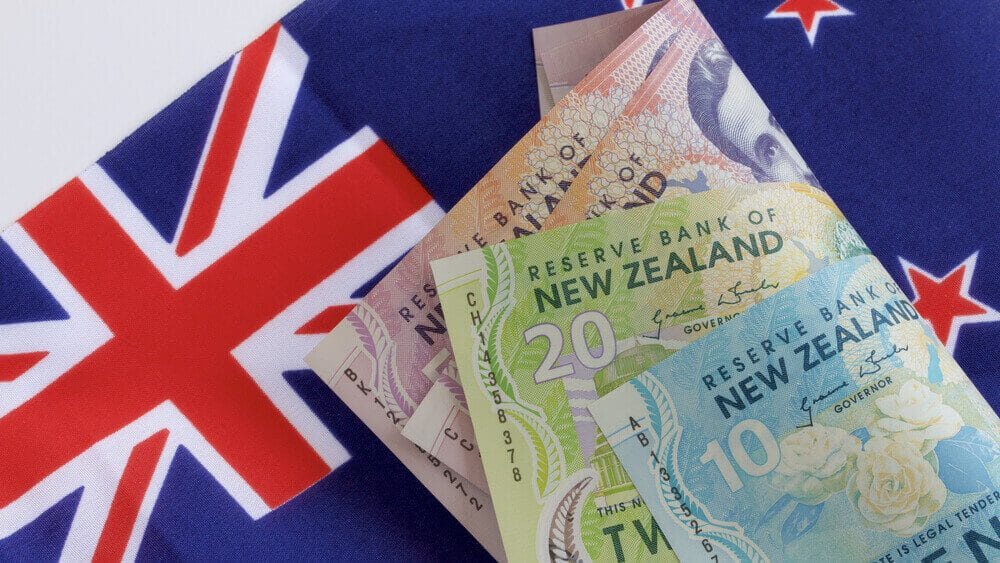
Looking ahead, the Reserve Bank of New Zealand (RBNZ) is scheduled to hold its meeting next week. Analysts at Westpac anticipate that the RBNZ will maintain the Official Cash Rate (OCR) at 5.5% during its May meeting. The central bank is likely to adhere to the forward guidance communicated in its February meeting, signaling a cautious approach to policy adjustments. It is believed that the RBNZ is unlikely to ease its policy stance before the Fed, which could lend support to the New Zealand Dollar (Kiwi) and provide further momentum to the NZD/USD pair in the near term.
Crude Oil – WTI Climbs Near $78.50 Amid US Inventory Drawdown, Canada Wildfires
The Crude oil moved in the Flat area due to Canada Wildfire attacked Fort McMurray and 3.3 Million barrel per day will be affected after this incident. OPEC+ and Russia denied the extra production of 568000 Million barrels per day, anyhow, OPEC+ Said 2.25M BPD increased in 2024 and 1.85MBPD increasing in 2025.
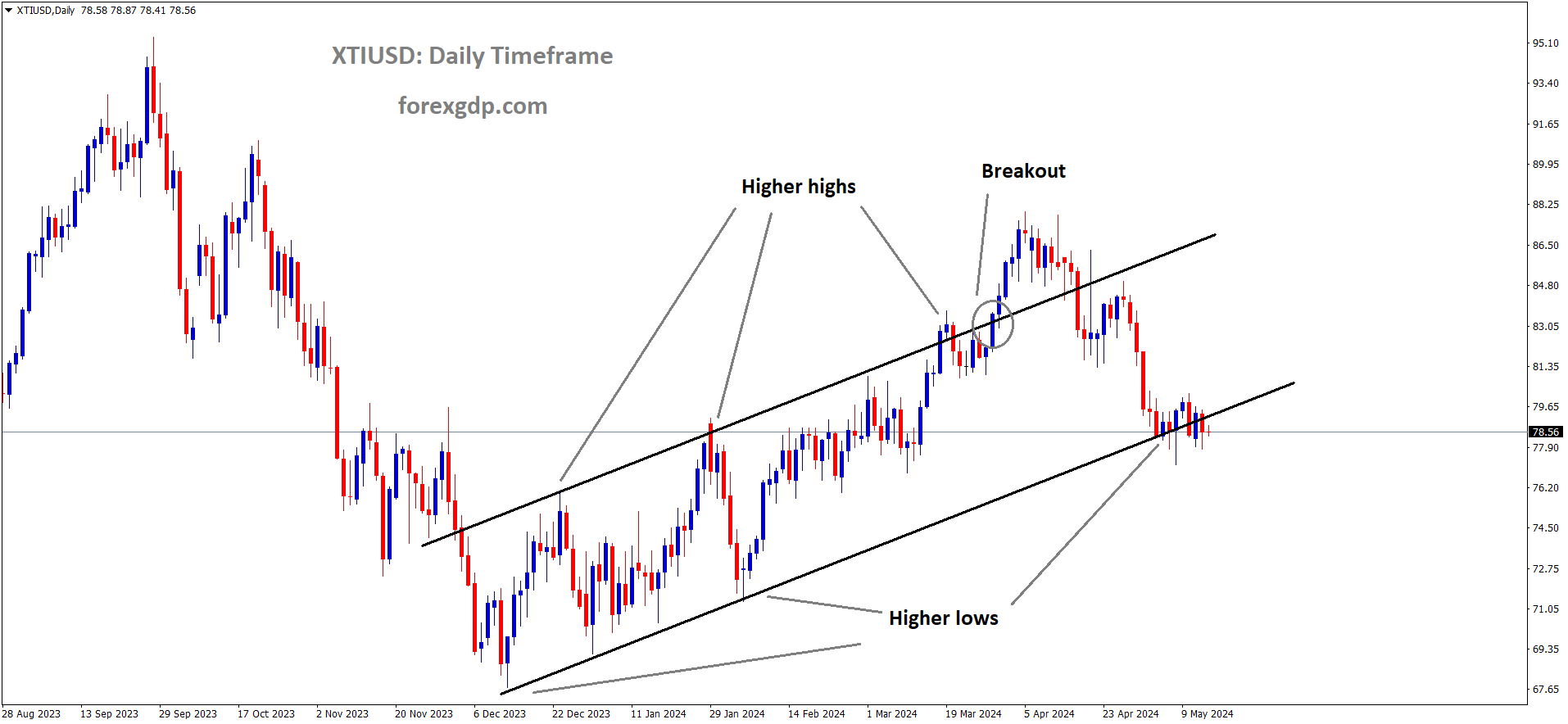
XTIUSD Oil price is moving in the Ascending channel and the market has reached the higher low area of the channel
West Texas Intermediate (WTI) crude oil prices saw a recovery, hovering around $78.30 per barrel during the Asian trading session on Wednesday. This uptick in oil prices was attributed to the latest data from the American Petroleum Institute (API), released on Tuesday.
The API’s Weekly Statistical Bulletin (WSB) furnishes comprehensive insights into refinery operations and the production of major petroleum products across the United States and its regions. For the week ending May 10, the API reported a substantial decline of 3.104 million barrels in weekly crude oil stock, far surpassing the anticipated decrease of 1.35 million barrels. This significant reduction more than offset the previous week’s gain of 0.509 million barrels.
In Canada, concerns emerged due to wildfires raging in remote western regions. Of particular concern is a large wildfire nearing Fort McMurray, a crucial center for Canada’s oil sands industry. This region contributes roughly 3.3 million barrels per day, amounting to two-thirds of the nation’s total oil output.

However, crude oil prices faced pressure from higher-than-expected US producer prices in April, raising worries about the Federal Reserve (Fed) potentially prolonging elevated interest rates. These higher rates could hamper economic activity in the United States, the world’s largest oil consumer, thereby impacting oil demand.
The US Bureau of Labor Statistics (BLS) reported a 0.5% month-over-month increase in the Producer Price Index (PPI) for April, surpassing the forecast of 0.3%. This rise marked a rebound from March’s contraction of -0.1%. Additionally, the Core PPI, which excludes volatile food and energy prices, also surged by 0.5% month-over-month, surpassing projections of 0.2%.
Furthermore, recent reports from OPEC+ indicated that member nations exceeded their agreed-upon production limits by producing an additional 568,000 barrels per day (bpd) last month. Despite this surplus, OPEC maintained an optimistic outlook on global oil demand, forecasting increases of 2.25 million barrels per day in 2024 and 1.85 million barrels per day in 2025.
Don’t trade all the time, trade forex only at the confirmed trade setups
Get more confirmed trade signals at premium or supreme – Click here to get more signals , 2200%, 800% growth in Real Live USD trading account of our users – click here to see , or If you want to get FREE Trial signals, You can Join FREE Signals Now!

